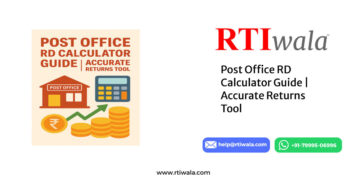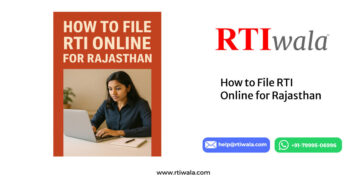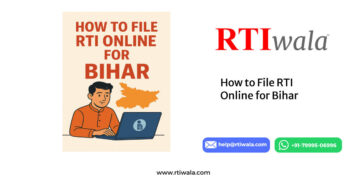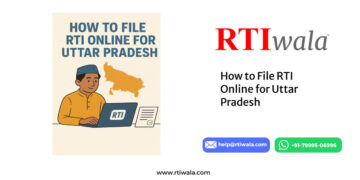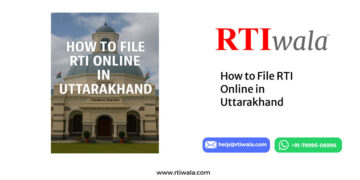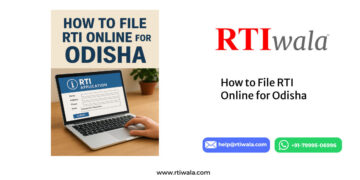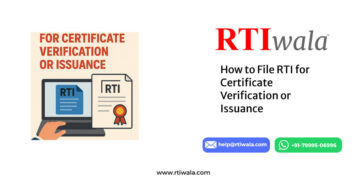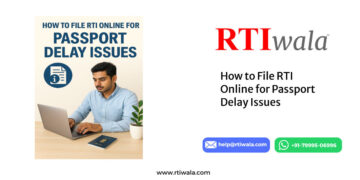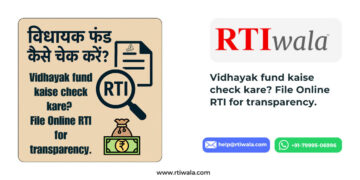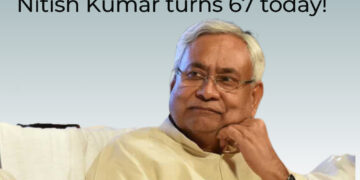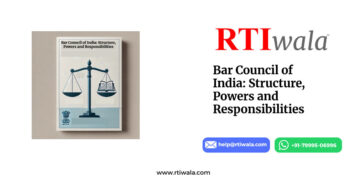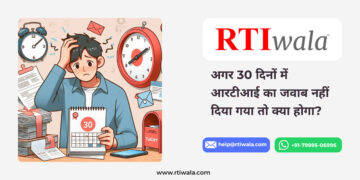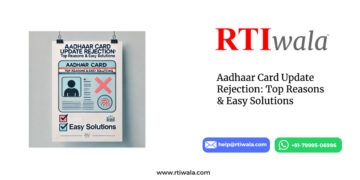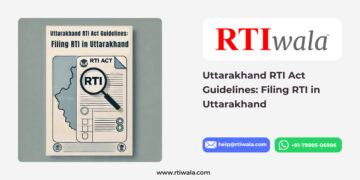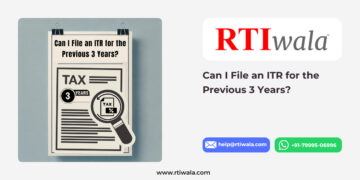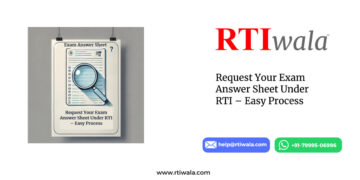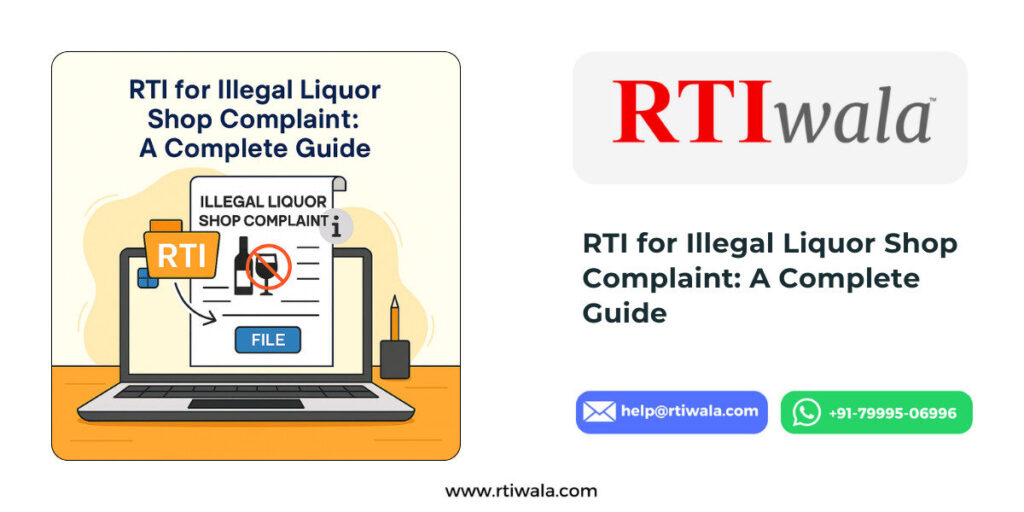Table of Contents
- Introduction: Why RBI Monetary Policy Matters
- Understanding RBI Monetary Policy
- Key Tools of RBI Monetary Policy
- Impact on Common Citizens
- The Hidden Side – What the Public Doesn’t See
- How to File RTI to Get Answers on RBI Decisions
- Why RTIwala is Your Trusted Partner
- FAQs on RBI Monetary Policy & RTI Filing
- Conclusion: Don’t Stay in the Dark
Introduction: Why RBI Monetary Policy Matters
The Reserve Bank of India’s Monetary Policy decides how much you pay for loans, how much interest you earn on deposits, and even the prices of daily essentials.
Every few months, the RBI announces decisions on the repo rate, reverse repo rate, CRR, and other measures that shape the economy.
But here’s the worrying part—not all details about these decisions are made public. Deliberations, expert committee notes, and impact assessments often remain behind closed doors.
This is where RTIwala comes in, helping citizens file online RTI in India to demand transparency and accountability in financial policymaking.
Understanding RBI Monetary Policy
In simple terms, RBI Monetary Policy refers to the set of actions taken by the Reserve Bank of India to manage the supply of money and credit in the economy.
Two types of Monetary Policy:
- Expansionary Policy – To boost economic growth (by reducing interest rates).
- Contractionary Policy – To control inflation (by increasing interest rates).
Example: If inflation is high, RBI may increase the repo rate so banks borrow less and, in turn, lend less to the public.
Key Tools of RBI Monetary Policy
| Tool | Meaning | Effect on You |
|---|---|---|
| Repo Rate | Rate at which RBI lends money to banks | Affects loan EMIs & business borrowing costs |
| Reverse Repo Rate | Rate at which RBI borrows from banks | Influences interest on deposits. |
| CRR (Cash Reserve Ratio) | % of deposits banks must keep with the RBI. | Impacts loan availability. |
| SLR (Statutory Liquidity Ratio) | % of deposits banks invest in safe securities. | Controls credit flow. |
| OMO (Open Market Operations) | Buying/selling government securities. | Regulates liquidity in markets. |
These decisions directly affect household budgets, investment returns, and job markets.
Impact on Common Citizens
- Higher repo rate → Loans become expensive; EMIs increase.
- Lower repo rate → Deposits earn less interest; savings growth slows.
- High inflation control measures → May slow economic growth and job creation.
Yet, despite such massive effects, ordinary citizens rarely get a full explanation of the data and models the RBI uses.
The Hidden Side – What the Public Doesn’t See
While the RBI publishes press releases, many critical details are not disclosed, such as:
- Meeting minutes before policy announcement
- Internal inflation forecasts
- Banking sector stress test results
- Discussions on policy impact on rural areas
Why does this matter?
Because a single percentage change in the repo rate can cost borrowers thousands of rupees more per year, citizens are left in the dark.
With RTI, you can demand internal reports, expert panel recommendations, and detailed impact assessments that affect your financial future.
How to File an RTI to Get Answers on RBI Decisions
As an RTI applicant, you can:
- Ask the RBI for copies of monetary policy meeting minutes (after the decision date).
- Seek inflation projection models used for rate decisions.
- Demand clarity on why deposit interest rates are falling while bank charges increase.
- Request details of consultations with the Finance Ministry before policy changes.
Example RTI Question:
“Please provide copies of reports and economic models used by the RBI Monetary Policy Committee for the policy review held on [Date].”
Why RTIwala is Your Trusted Partner
Filing an RTI on RBI matters isn’t simple — the questions must be precise, and the application must go to the right department to avoid rejection.
That’s why RTIwala offers:
- Custom RTI Drafting for financial matters
- Online RTI Filing without post office delays
- Anonymous RTI Filing to protect your identity
- First Appeal & Follow-up Add-ons for stronger results
Call +91-7999-50-6996 now!
File Online RTI Now.
Don’t let RBI’s critical decisions remain unchallenged—your financial security depends on transparency.
FAQs on RBI Monetary Policy & RTI Filing
1. Can I file an RTI to know why the RBI increased repo rates?
Yes. You can request official documents explaining the basis for such decisions.
2. Will RBI disclose meeting discussions?
Yes, after the decision is made, some details are public, but deeper reports require an RTI.
3. How long does RBI take to respond to an RTI?
By law, 30 days. RTIwala tracks and assists if there are delays.
4. Can I file an RTI without knowing RBI’s department name?
Yes. RTIwala identifies the correct PIO for you.
5. Is it safe to ask sensitive economic questions via RTI?
Yes, and you can file an anonymous RTI filing for extra safety.
Conclusion: Don’t Stay in the Dark
The RBI Monetary Policy affects every rupee you earn, spend, or save. But without complete transparency, you could be losing money without even knowing why.
The Right to Information Act gives you the power to question, and RTIwala makes it easy to use that power.
RTIwala – Turning questions into answers.






